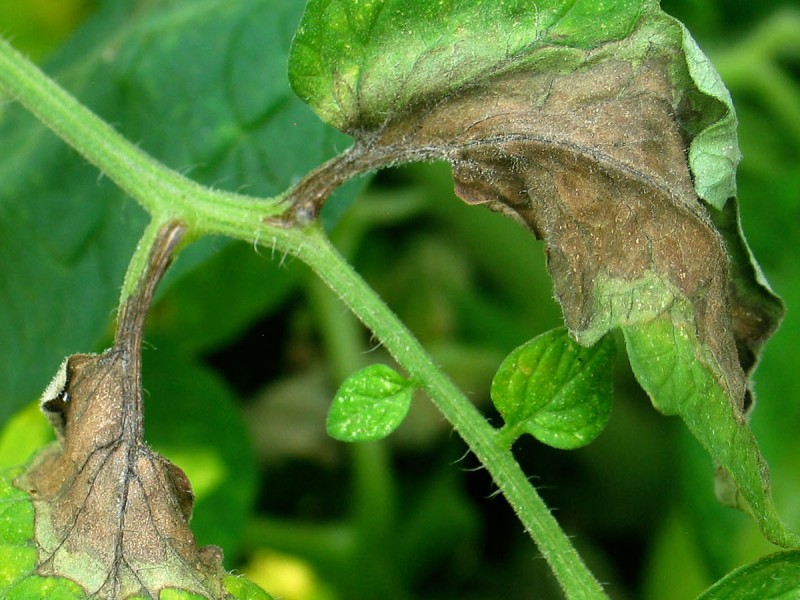

In other words, warm, humid summers with evening thunderstorms, like many of us experience in June, July, and August. High humidity levels, rain, and wind contribute to spreading Alternaria spores.

Lower leaves commonly become infected when in contact with contaminated soil or when soil is splashed onto the leaves by rain or irrigation. If you are curious about the details of this fungus’ life cycle, check this summary from the National Center for Biotechnology Information.Īlternaria spores can be spread by wind, people and animals, and by contaminated tools. These spores are then ready to infect more areas of your plant or drift to an adjacent victim. Spores can be produced as quickly as 3-5 days after spots first appear. How Does Early Blight Spread?ĭuring wet or humid conditions, like warm days with significant rainfall or morning dew, the fungus that causes early blight can replicate rapidly. Two different species but the same genus. It is often confused with Septoria leaf spot, Verticillium and Fusarium wilts, and bacterial leaf spot.Įarly blight tomato infection is caused by the fungus Alternaria tomatophila and Alternaria solani.

This fungus first attacks the lower leaves of tomatoes, potatoes, peppers, etc., and moves up the plant. It also affects plants like peppers, potatoes, eggplants, and other members of the nightshade family. What Is Early Blight?Įarly blight is a fungal pathogen of tomatoes.
Early blight on tomatoes ca chua how to#
Here’s how to watch for signs of early blight and keep it in check. If left unchecked, it can destroy your tomato plants and severely hamper your harvest. Early blight of tomatoes is a common issue that many tomato gardeners face.


 0 kommentar(er)
0 kommentar(er)
